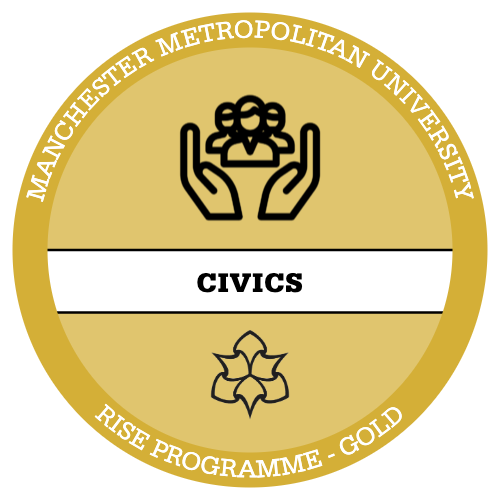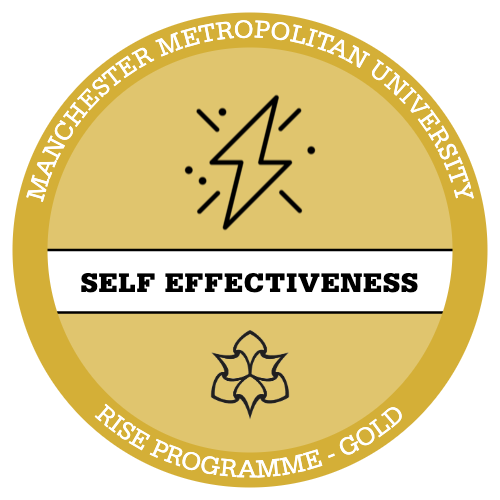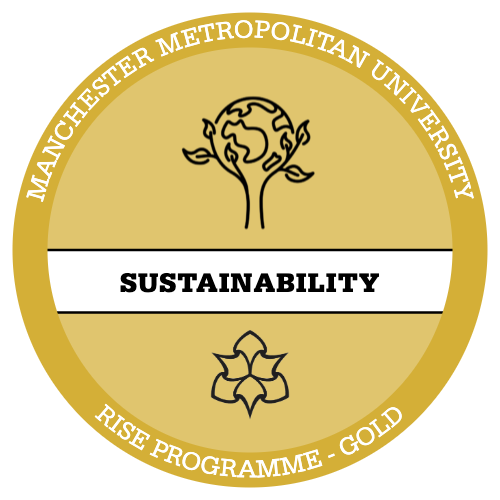What are ACES?
ACEs stands for ‘Adverse Childhood Experiences.’ These experiences can included things like physical and emotional abuse, neglect, caregiver mental illness and household violence. Research around ACEs began back in 1995 with the original study conducted at Kaiser Permanente. This lasted two years and involved over 17,000 participants. Their major findings were that ACEs are common across all populations and the more ACEs experienced in childhood the greater chance of poorer outcomes later in life. In other words, as the number of ACEs increases so does the risk for negative outcomes.
Babies are obviously very different from older children developmentally, including their ability to understand and process trauma. A baby may be completely unaware of an ACE taking place, for example their father may end up going to prison. However, a baby could also be much more acutely impacted by the secondary effect of this same ACE: a sad, stressed and distracted mother.
Babies and young children do not have the developmental maturity to understand or process experiences of pain and trauma. For example, a baby would be unable to understand the death of their primary caregiver and would just experience the sense of being abandoned.
Take a look at this website to find out what is defined as an ACE, the impact of these and what approaches can improve outcomes for children:
Research into ACEs has increased awareness of the lifetime impact of early adversity on children’s outcomes. The following video explains why this might be:
Toxic stress from ACEs can negatively affect children’s brain development, immune systems, and stress-response systems. These changes can affect children’s attention, decision-making, and learning. Children growing up with toxic stress may have difficulty forming healthy and stable relationships. The image below summarises what we have learnt so far:
‘There are clear inequalities in the prevalence of ACEs, which leads to
UCL Institute of Health Equity (2015)
inequalities in impacts’
While children from all backgrounds may experience ACEs, there is a higher chance of children growing up in disadvantaged areas with lower socioeconomic status to be exposed to numerous ACEs. The inequality leading to greater exposure therefore risks poorer long-term outcomes for these children.

- To what extent do we have a shared understanding of what is included in a nurturing approach, trauma informed approach and Adverse Childhood Experiences?
- How well do we use our understanding of these approaches to ensure that we have an inclusive, supportive and flexible learning environment that meets the needs of all children but particularly those who have experienced early adversity and trauma?
- A good discussion of the definition of ACEs; the impact of ACEs on
outcomes, and how to use ACEs to inform practice, can be found in the Early
Intervention Foundation’s 2020 report, Adverse childhood experiences What we know,
what we don’t know, and what should happen next








